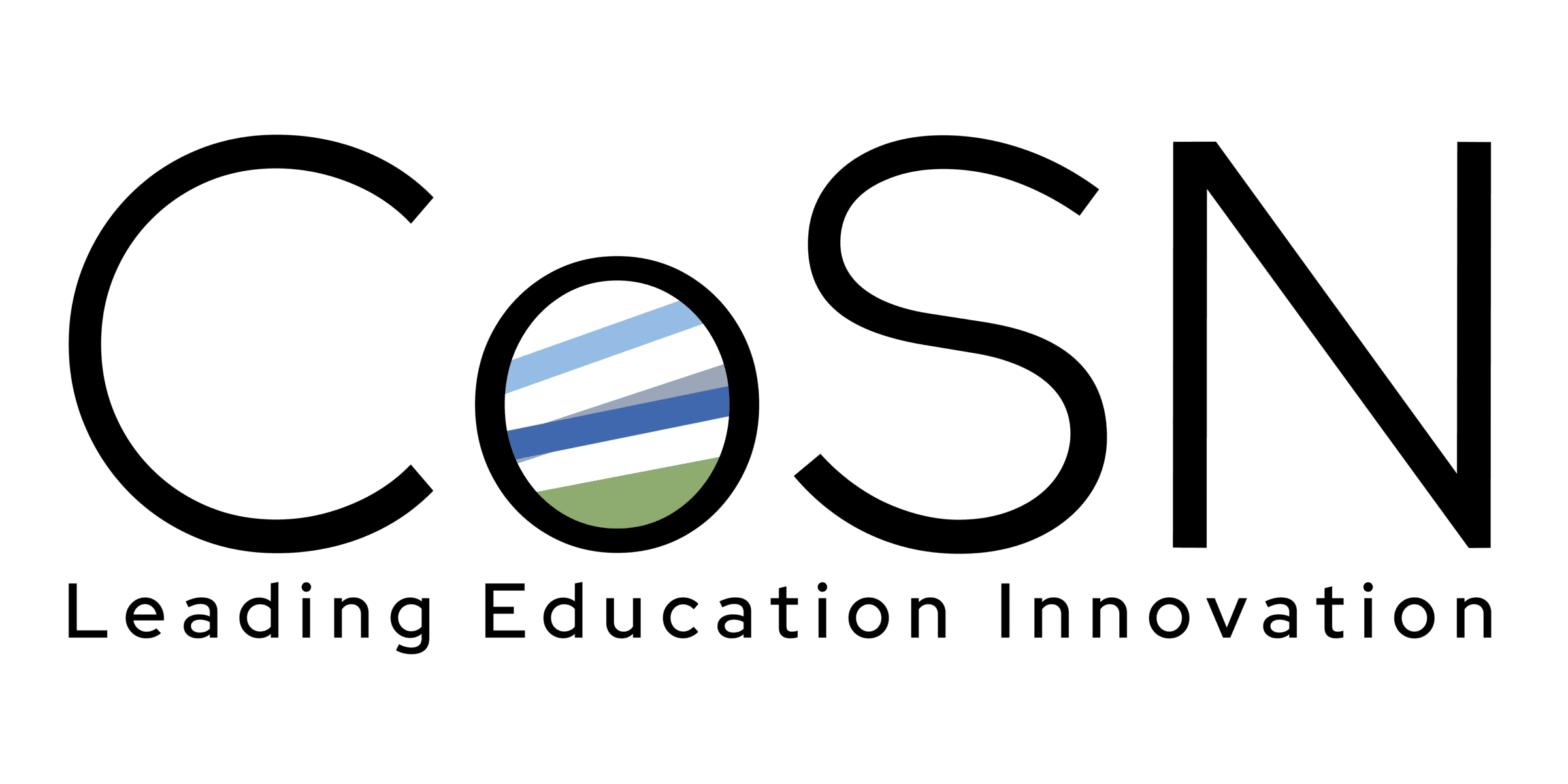TOTAL COST OF OWNERSHIP
Understanding the complete cost of your computing programs is a key step you must take before you can implement your strategic plan to provide better service for less. Total Cost of Ownership (TCO) is a methodology that allows you to measure and understand the costs of acquiring and maintaining all of your networks, computers, devices, and staff. A TCO assessment helps to set levels for annual budgets, determine the effects of proposed changes in IT staffing or restructuring of operations to migrate to cloud services, or similar projects.
The CoSN TCO tool was designed to help school technology leaders understand the costs associated with the computing environment. Versions of this free web-based tool have been used by over 2,000 public school districts, independent schools, and state and regional agencies.
Download the TCO Assessment Tool
Download the Indirect Labor User Survey
Download the TCO Example Workbook
Additional Resources:
Designing an Acquisition Process for Your District Webinar Archive*
Podcast
Capturing the Value of Investment for Technology Spending Webinar Archive*
Podcast
Tips and Recommendations for performing your own TCO assessment
- Get Executive Support
A TCO assessment includes time to gather input and analyze the results. It requires cooperation from other departments, including HR or payroll and the business office. Executive support is important to raise the level of awareness and to compel participation and buy-in from other departments. - Use a Baseline
To understand current baseline costs, conduct an enterprise-wide study of your current year costs. This can then be used for comparison scenarios or subset studies. - Survey Users for Indirect Labor
The best way to determine the indirect labor components (time spent by users in training or dealing with computer related issues) is to survey a statistically significant subset of users. Since it will take a couple of weeks to get the results back, it helps to get the survey out early. Surveying students is optional, but teachers, aides, and administrative staff should be surveyed. The TCO tool is looking for the total number of indirect labor hours, not an average. Use the downloaded Indirect Labor User Survey to assemble this data. You can then easily copy and paste in one action the results of each returned survey into the TCO workbook. - Make Educated Estimates
TCO is not an exact science. A good educated estimate for any input field with some limited research is adequate; over time your processes and accuracy will improve. For instance, to obtain the amortized cost for client computers purchased over the last four or five years, you do not need to pull all of those invoices. If you know how many client computers you have bought over that timeframe and about what they cost on average, you have a good estimate. - Include All Direct Labor
Direct labor includes all personnel who have at least a part-time responsibility for supporting the computing environment, measured in FTE. This may include teachers, school personnel who are not part of the district computer services organization, outsourced services, and no-cost students and volunteers. Understanding this direct labor allocation will allow you to evaluate the most efficient approach to support. Note that technology education teachers should not be included unless part of their time (pay) is designated to technology support. - Include As Much Data as Possible
Depreciate major software purchases (initial licenses) and include annual licensing fees. Contracted labor services, such as hardware maintenance contracts, can be included under Direct Labor/Outsourced. ISP and other external services go under Technology/Other/External Application Providers. - Use the Example Workbook
We have provided an example workbook completed with sample values to give you some guidance in completing your Assessment.
As IT budget levels continue to be challenging, it's more important than ever to carefully evaluate the anticipated costs and benefits of proposed educational technology projects. CoSN provides a methodology and specific tools to allow K-12 districts to estimate the total costs and expected strategic benefits of proposed technology efforts. The Value of Investment (VOI) methodology can help districts evaluate proposed projects, articulate project costs and benefits, sell projects, and sustain projects.
Additional information about VOI can be found at cosn.org/voi

